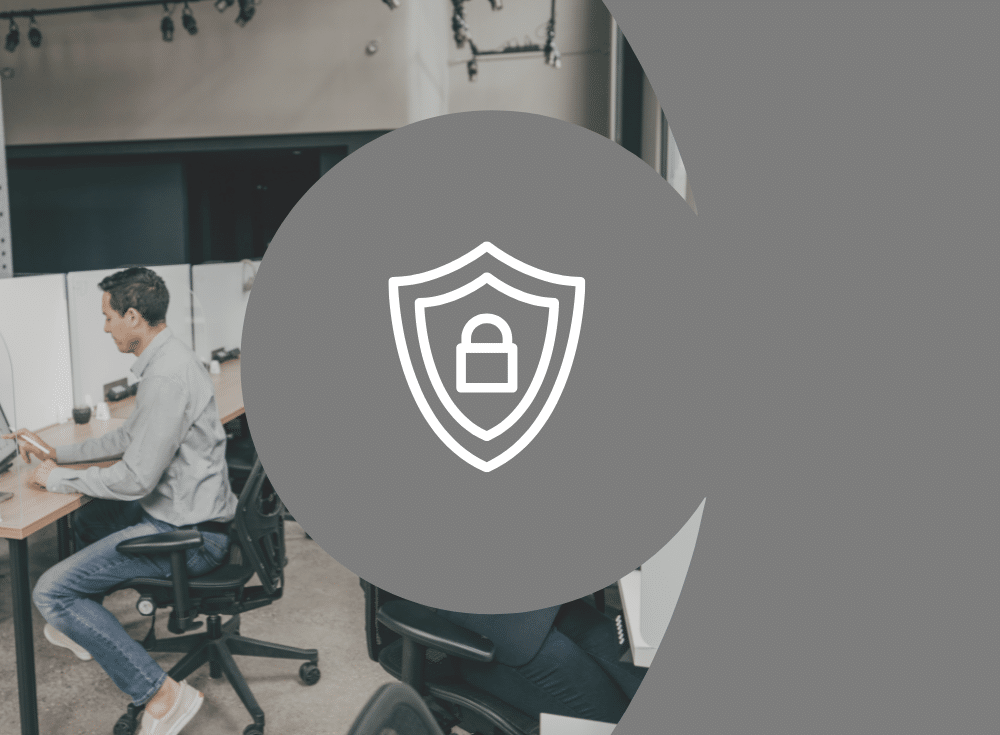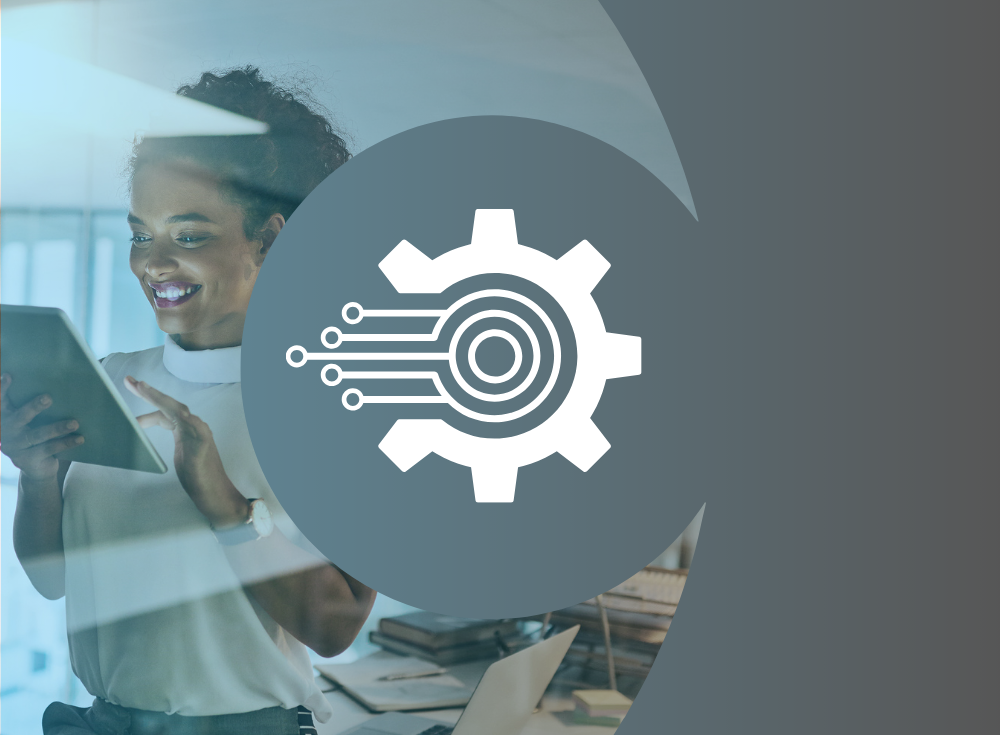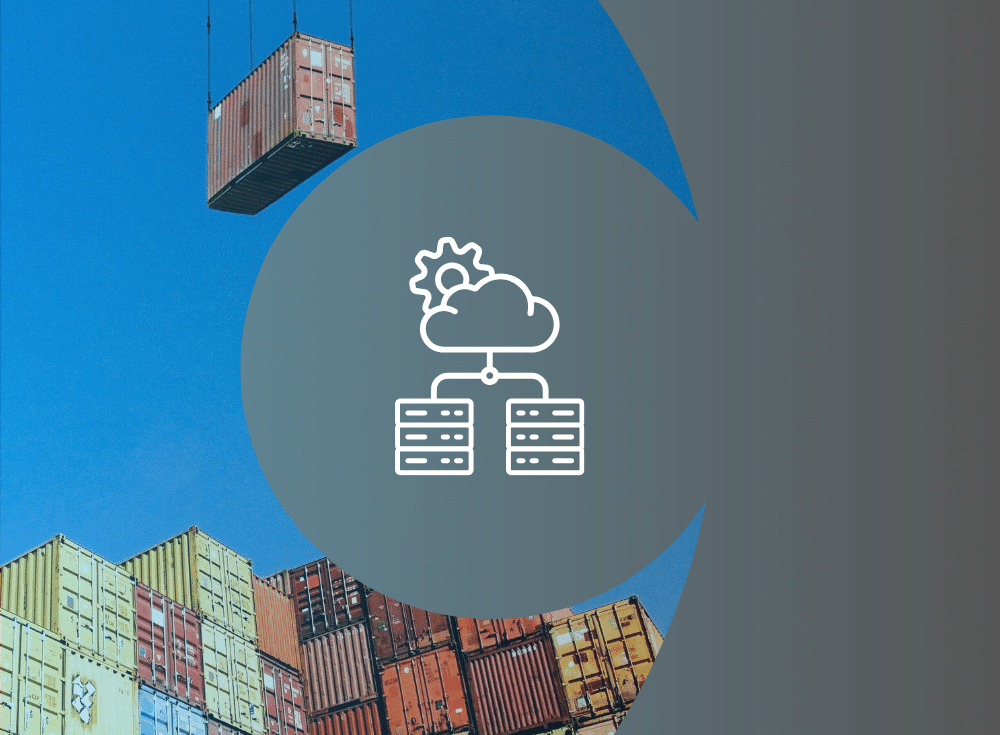This article explains:
- Kubernetes security best practices for insecure container Images
- Kubernetes security issues related to poor management of secrets
- Securing Kubernetes: Insecure access control management
Kubernetes and Security
Across various organizations, Kubernetes is being adopted at lightning rates. It is estimated that 60% of organizations have adopted this technology, and the list of companies planning on transitioning to it is growing. This is good news for organizations needing to automate their container management. But there is a downside as well: With increased adoption comes greater Kubernetes security risks. This is because, just like industry experts, the bad guys see the adoption trends — and they are taking advantage of security vulnerabilities that can come with widespread use.
It is more critical than ever for organizations to ensure their Kubernetes infrastructure is designed to operate securely. Kubernetes can:
- Distribute workloads across multiple nodes in a cluster
- Create replications of your pods
- Automatically monitor the health of nodes
This blog post aims to outline the three most severe vulnerabilities and risks that come with using Kubernetes, and how organizations should work to mitigate them.
First: A Kubernetes primer
Before diving into the Kubernetes security risks, it is helpful to get a brief history of Kubernetes, which is often referred to as K8s. Created in 2014 by Google, Kubernetes is an open source container orchestration system that helps automate deployments, scaling, and management of container applications. Google created the Kubernetes open source project, which is one of the most widely adopted CNCF projects, based on a technology that they had been using internally within their cloud to run, orchestrate, and manage billions of containers running their services. Internally, this technology was called “The Borg” internally.
Kubernetes helps to create the dependencies, file permissions, and libraries to properly execute container-based application workloads. Not only can Kubernetes help automate scaling, but it also helps with availability.
Let’s dive into learning about the security vulnerabilities associated with Kubernetes and what you can do about them.
3 ways to secure Kubernetes environments
1. Exploiting insecure container images
Vulnerability: Containers serve as the base unit of Kubernetes by packaging applications with the required code, libraries, and dependencies. A container image is a static file that contains the required instructions and code to create a container. Like any piece of software, there are components that must be evaluated and validated prior to deployment. Some of these things include using outdated versions or insecure libraries that contain underlying vulnerabilities. For example, a container image may contain an insecure OpenSSL version that has known exploits.
The fix: The best way to improve kubernetes security and mitigate against exploitation of insecure container images is by using vulnerability scanning solutions such as the open source tool, Trivy. Also, you should only utilize images that contain the essential requirements for your particular workload.
2. Exposing poorly managed secrets
Vulnerability: Secrets such as passwords, encryption keys, API tokens, and digital certificates may not be a new issue in the computing era or for kubernetes security. We’ve always needed to closely guard confidential business and personal information. Today, however, with the uptick of sophisticated tools and techniques, attackers are sometimes provided easier access to sensitive data. This problem persists regardless of infrastructure deployment method (e.g., Virtual Machine, Kubernetes, etc.) or type of secrets. As such, this critical vulnerability also exists in Kubernetes if not properly configured.
As noted in this official help documentation from Kubernetes, secrets are by default, stored unencrypted in the API server’s underlying data store (etcd). As a result, it is imperative that users ensure that their secrets are properly stored to prevent unauthorized access.
The fix: The best way to secure your Kubernetes environment is by:
- Encrypting secret data at rest
- Limiting the users and systems that can access secrets
- Using environmental variables rather than hardcoding them in
- Using a secrets management service
Manning Book: Fluent Bit with Kubernetes
Master log forwarding in Kubernetes. Download Fluent Bit with Kubernetes now!
3. Utilizing unsecured access control management
Vulnerability: Just like how you wouldn’t want anyone to enter your data center or corporate office, you don’t want anyone accessing your Kubernetes infrastructure. A particularly concerning trend is the rise of “privilege creep” or the lack of an access control process in Kubernetes environments. As organizations implement and scale their container deployments, roles and permissions often accumulate without proper oversight or documentation. This results in a complex web of access rights that becomes increasingly difficult to audit and maintain. Security teams can find themselves unable to effectively track who or what has access to resources, creating blind spots and elevated security risks.
The fix: Implementing a comprehensive, enterprise-grade access control strategy requires
a multi-layered approach that addresses both immediate security needs and long-term
governance requirements. Organizations can start by implementing an access control system process such as Role-Based Access Control (RBAC), Attribute-Based Access Control (ABAC), or Policy-Based Access Control (PBAC). Additionally, when possible, reduce direct cluster access by end users. Open source tools such as KubiScan and Prowler can also assist with scanning and detecting access configuration issues.
Securing Kubernetes: Looking Ahead
Insecure container images, poorly managed secrets, and unsecured access control represent critical areas requiring immediate attention for optimal kubernetes security, but they’re part of a broader security journey. Kubernetes adoption will only continue to grow, which means security vulnerabilities will increase in scale and complexity. Security teams must stay vigilant about emerging threats.
Frequently Asked Questions
1. How can I prevent exploitation of insecure container images?
Use vulnerability scanning solutions such as Trivy; only utilize images that contain the essential requirements for your particular workload.
2. How can I avoid poorly managed of secrets?
- Encrypt secret data at rest
- Limit the users and systems that can access secrets
- Use environmental variables rather than hardcoding them in
Using a secrets management service
3. How can I secure access control management?
Implement a comprehensive, enterprise-grade access control strategy that requires
a multi-layered approach.
The Buyer’s Guide to Telemetry Pipelines
Learn how observability and security teams can combat the flood of log data




